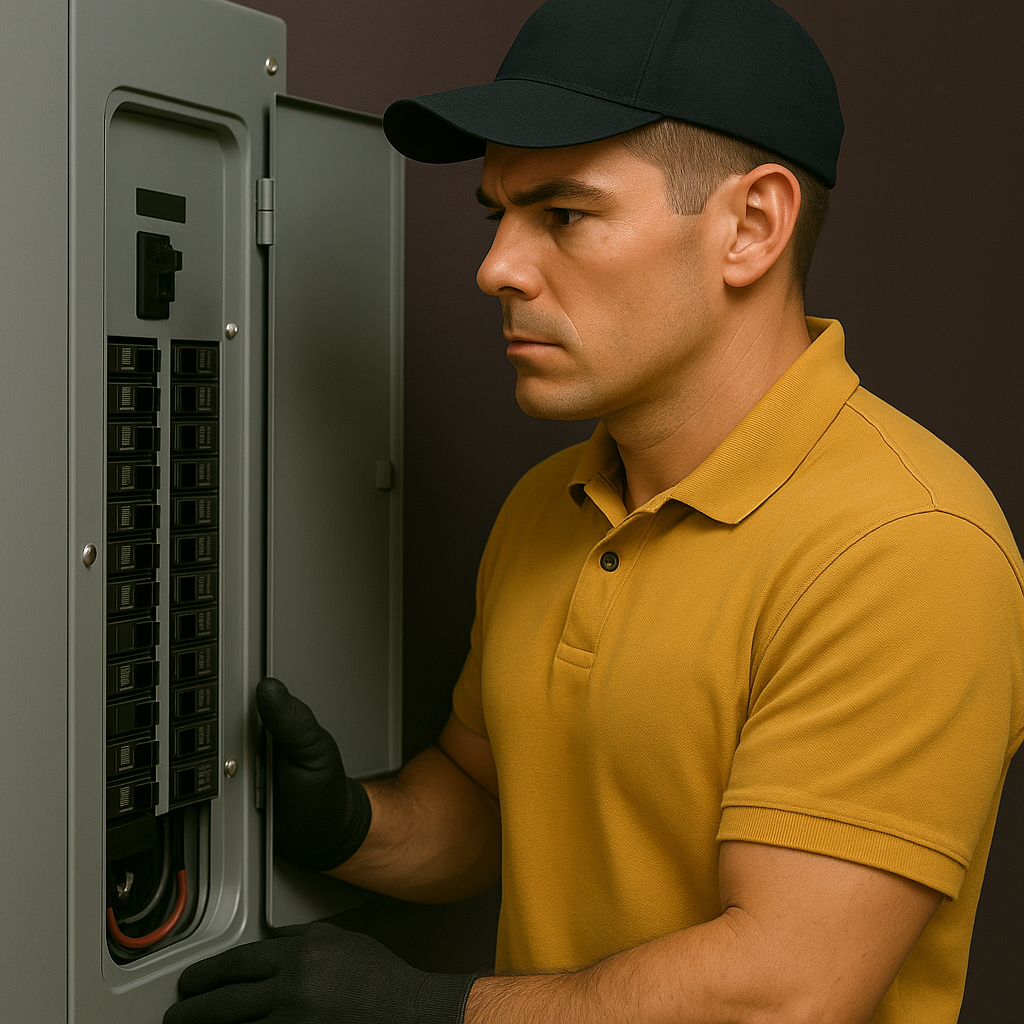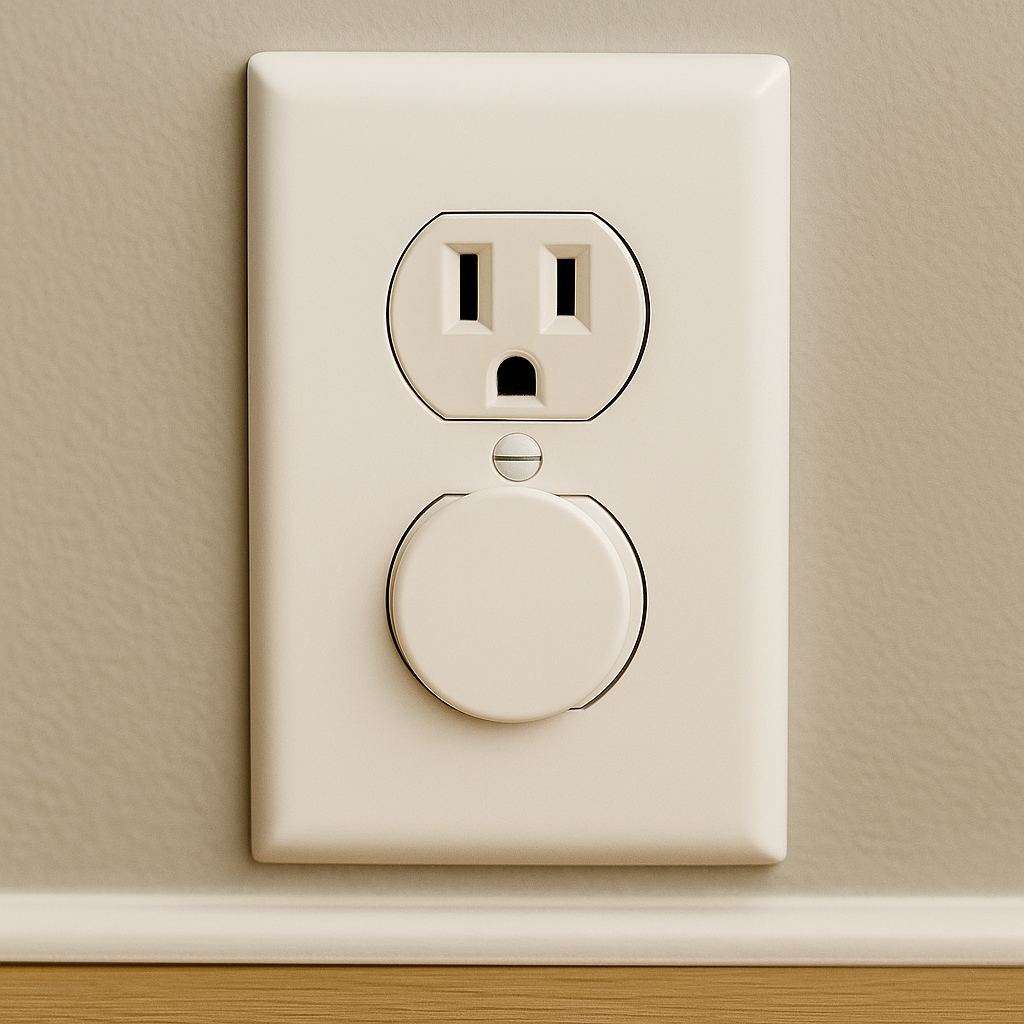Top 7 Electrical Hazards to Watch for at Home
Introduction
Electricity powers nearly every modern convenience in our homes—from lighting and heating to kitchen appliances and entertainment systems. Yet when electrical components fall into disrepair, they can transform from assets into serious hazards, leading to shocks, burns, or even house fires. In fact, the National Fire Protection Association reports that electrical malfunctions contribute to thousands of residential fires each year. In this in-depth article, we’ll explore the top seven electrical dangers you’re likely to encounter at home. You’ll learn to recognize the warning signs—from exposed wiring to overloaded circuits—discover practical DIY safety measures, and understand exactly when to call in the licensed professionals at C.A.S.E. Contracting Inc. Armed with these insights, you’ll keep your household safe, compliant with code, and protected against costly emergencies.
Table of Contents
- Frayed or Damaged Wiring
- Overloaded Outlets & Power Strips
- Ungrounded or Two-Prong Outlets
- Missing or Faulty GFCIs
- DIY Electrical Work
- Improper Extension Cord Use
- Damaged Appliances & Cords
- Conclusion
- Helpful Links
10. FAQs
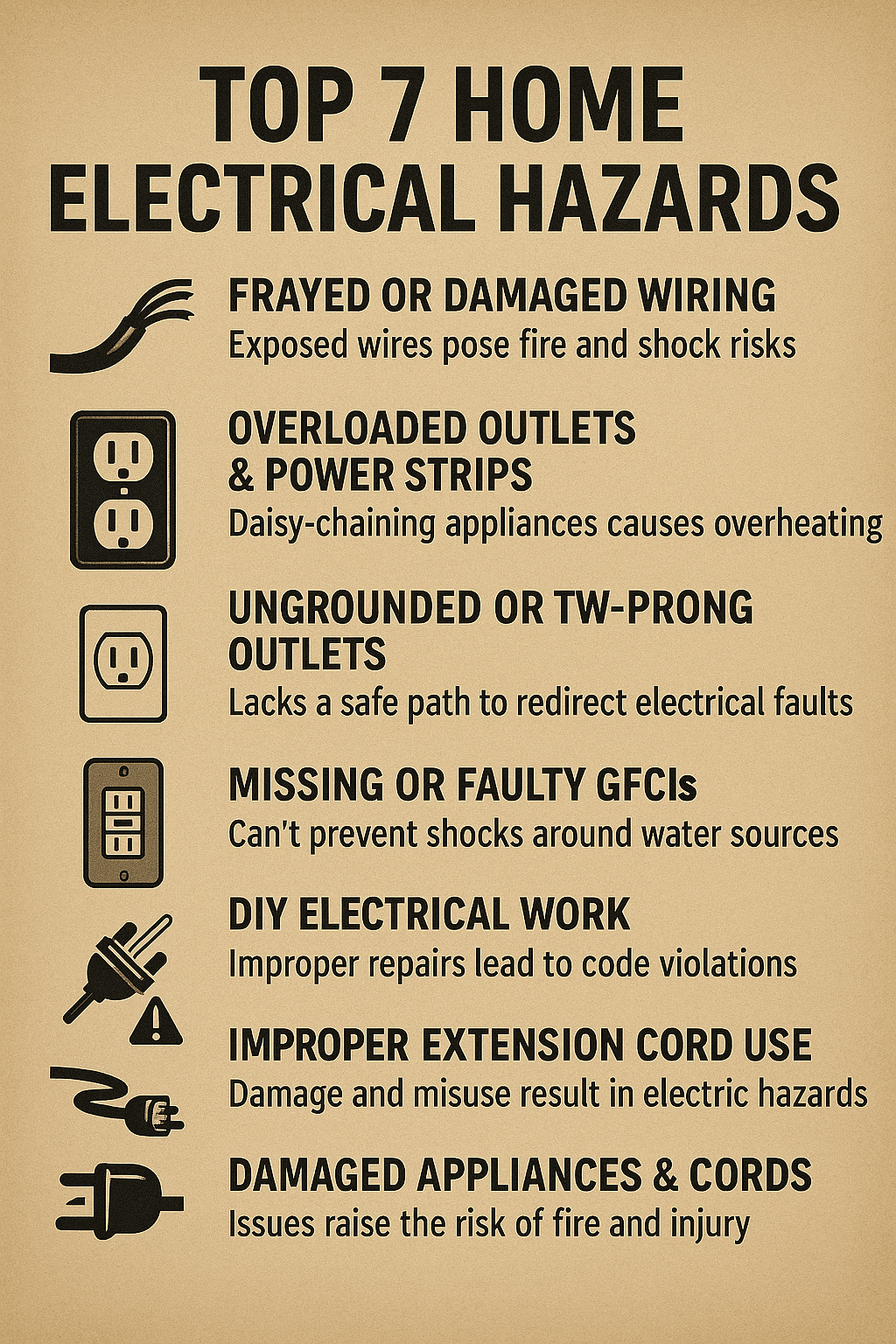
Hazard 1 – Frayed or Damaged Wiring
Over time, insulation on cords and cables can crack, exposing live conductors that arc against nearby materials, generating heat capable of igniting fires. You’ll often find this damage behind furniture, under rugs, or at the point where a cord exits an appliance. If you spot any exposed copper or brittle sheathing, immediately unplug the device, cut power at the breaker, and either replace the entire cord or schedule a rewiring service. C.A.S.E. technicians can re-run damaged wiring in conduit or behind walls, restoring safety and peace of mind.
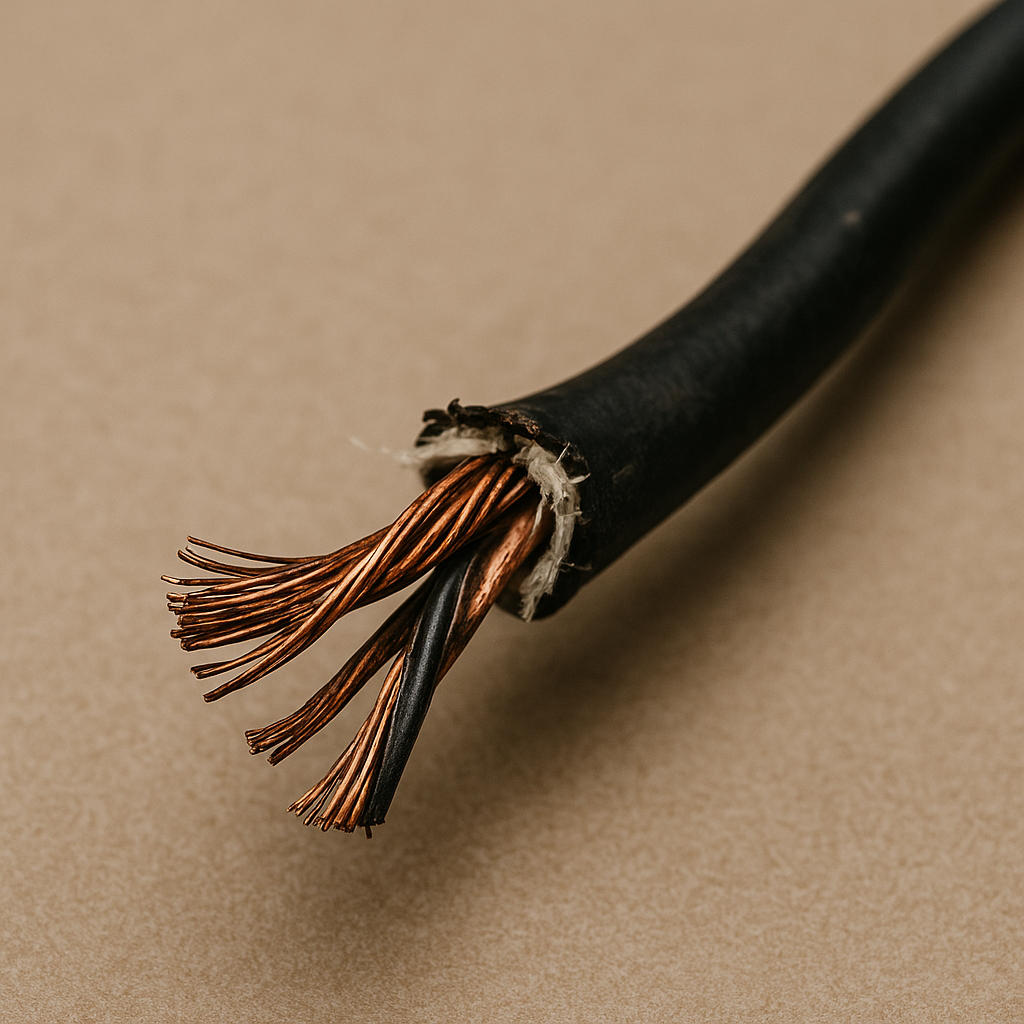
Hazard 2 – Overloaded Outlets & Power Strips
Plugging multiple high-draw appliances—space heaters, window air conditioners, hair dryers—into a single receptacle or power strip can overheat internal contacts and trip breakers. Persistent overloads degrade connections, inviting arcing and fire risk. Distribute heavy loads across dedicated circuits, avoid “daisy chaining” power strips, and look for discoloration or melting around outlets. If your home regularly exceeds outlet capacity, consider professional installation of additional receptacles or new circuits by C.A.S.E.
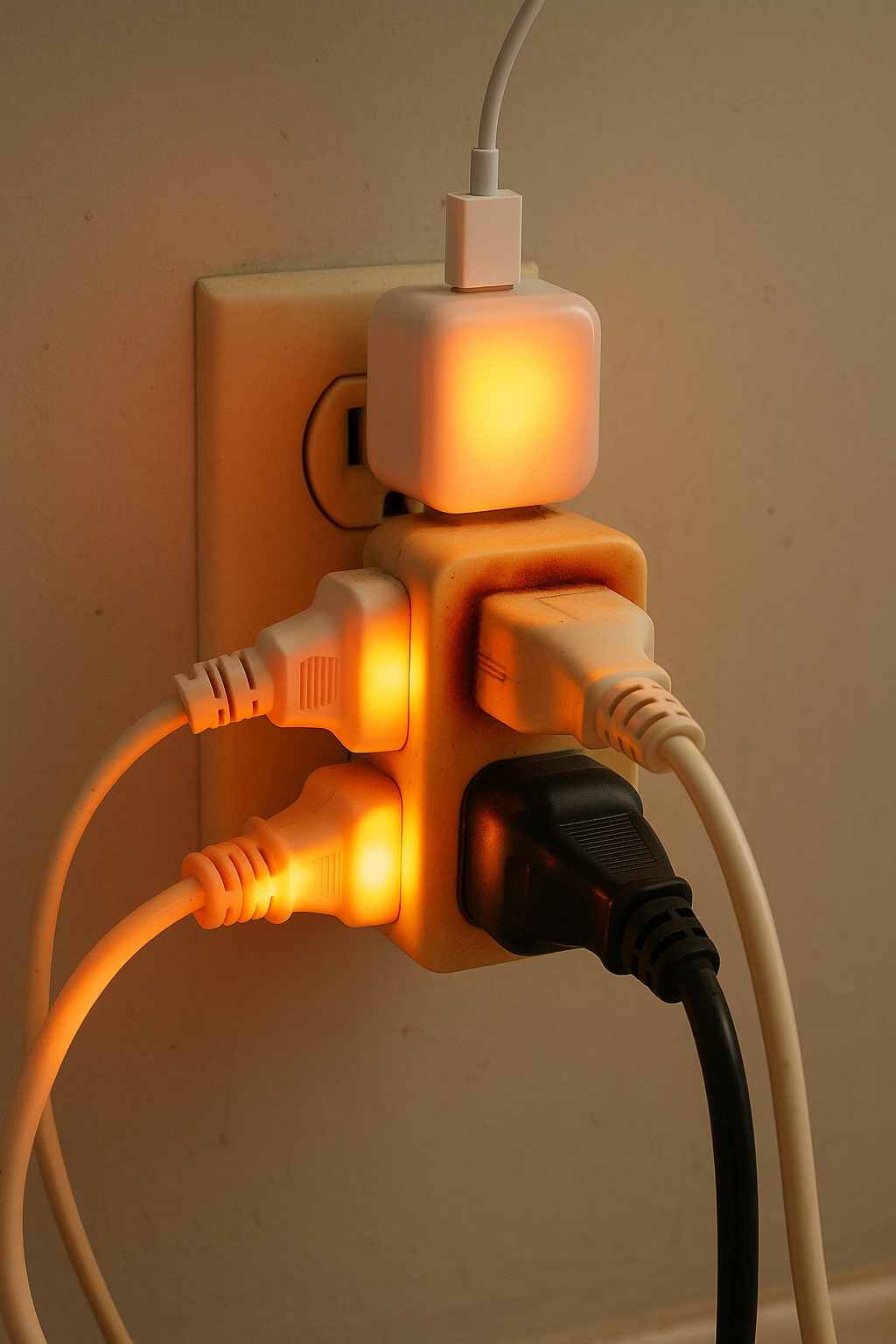
Hazard 3 – Ungrounded or Two-Prong Outlets
Many older homes still rely on two-prong, ungrounded outlets that lack a safe return path for fault currents. A ground fault inside an appliance can elevate its metal casing to dangerous voltages, risking electrocution. Today’s code requires three-prong, grounded receptacles or GFCI protection in place of two-prong outlets. Simple swaps can be DIY for isolated receptacles, but comprehensive grounding upgrades—running new ground wires or bonding at the service—should be handled by licensed electricians.
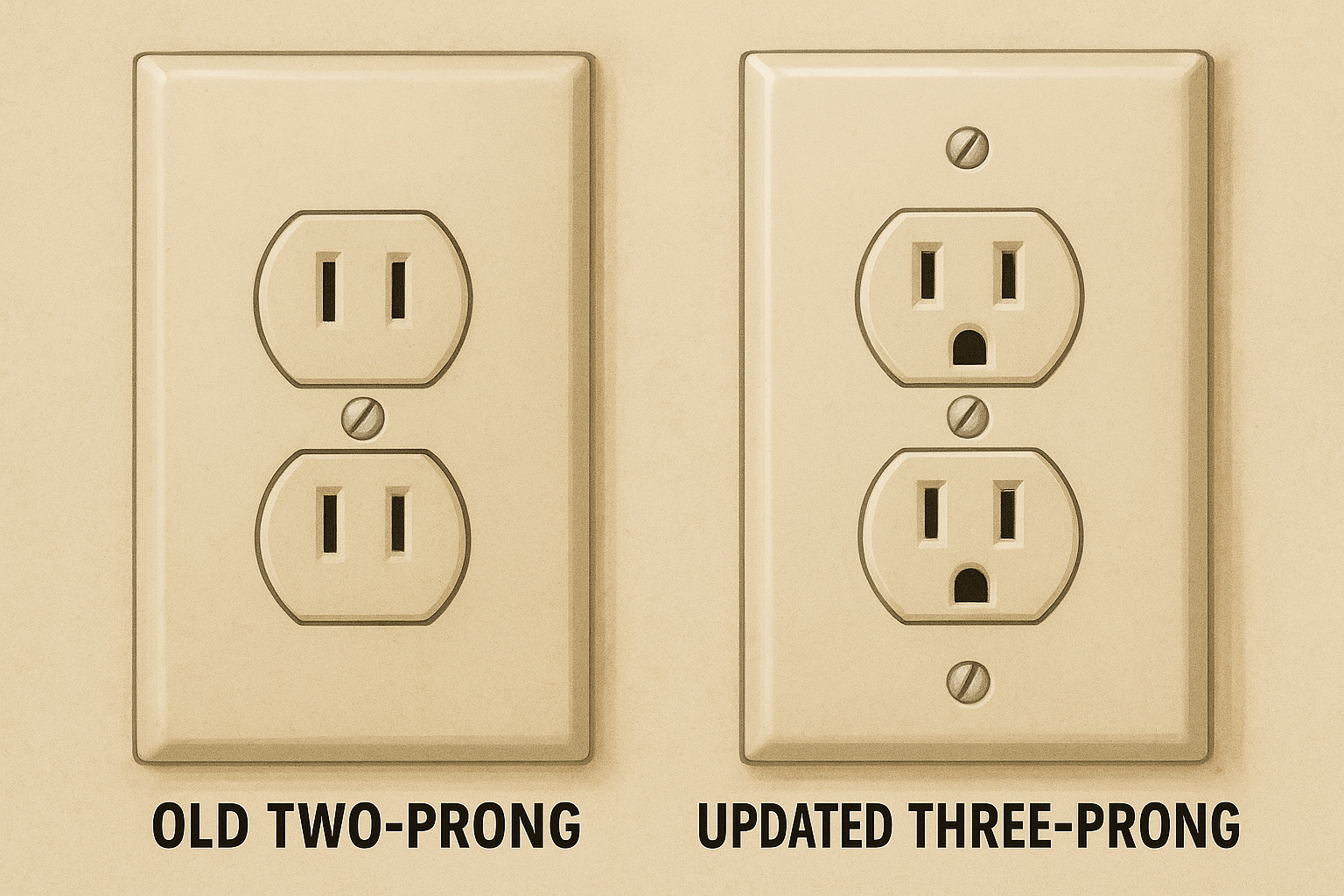
Hazard 4 – Missing or Faulty GFCIs
Ground-Fault Circuit Interrupters (GFCIs) protect against deadly shock hazards by detecting tiny current leaks and tripping in under 1/40th of a second. They’re mandatory in bathrooms, kitchens, garages, basements, and outdoor locations. Test every GFCI quarterly by pressing its Test button (it should click off), then Reset to restore power. If a unit fails, replace it immediately or contact C.A.S.E. for fast GFCI installation to ensure reliable protection.
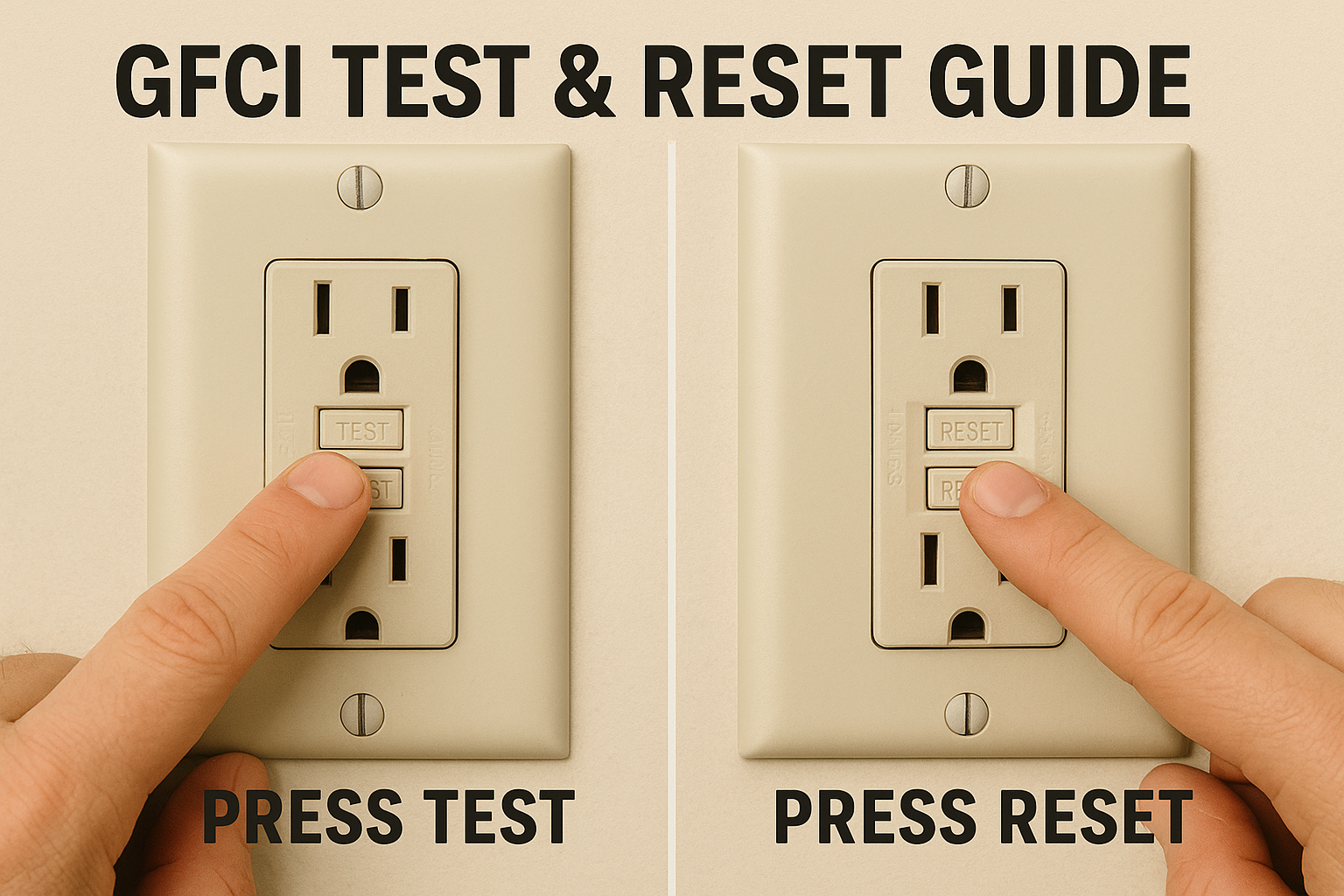
Hazard 5 – DIY Electrical Work
Tinkering with live circuits—splicing wires without proper connectors, installing mismatched breakers, or skipping code-required devices—saves money today but dramatically increases fire and shock risk. Always cut power before starting any work, verify de-energization with a non-contact tester, and use UL-listed components. For major projects like panel upgrades, AFCI installations, or complete home rewiring, rely on our licensed team to meet strict code standards and deliver lasting safety.
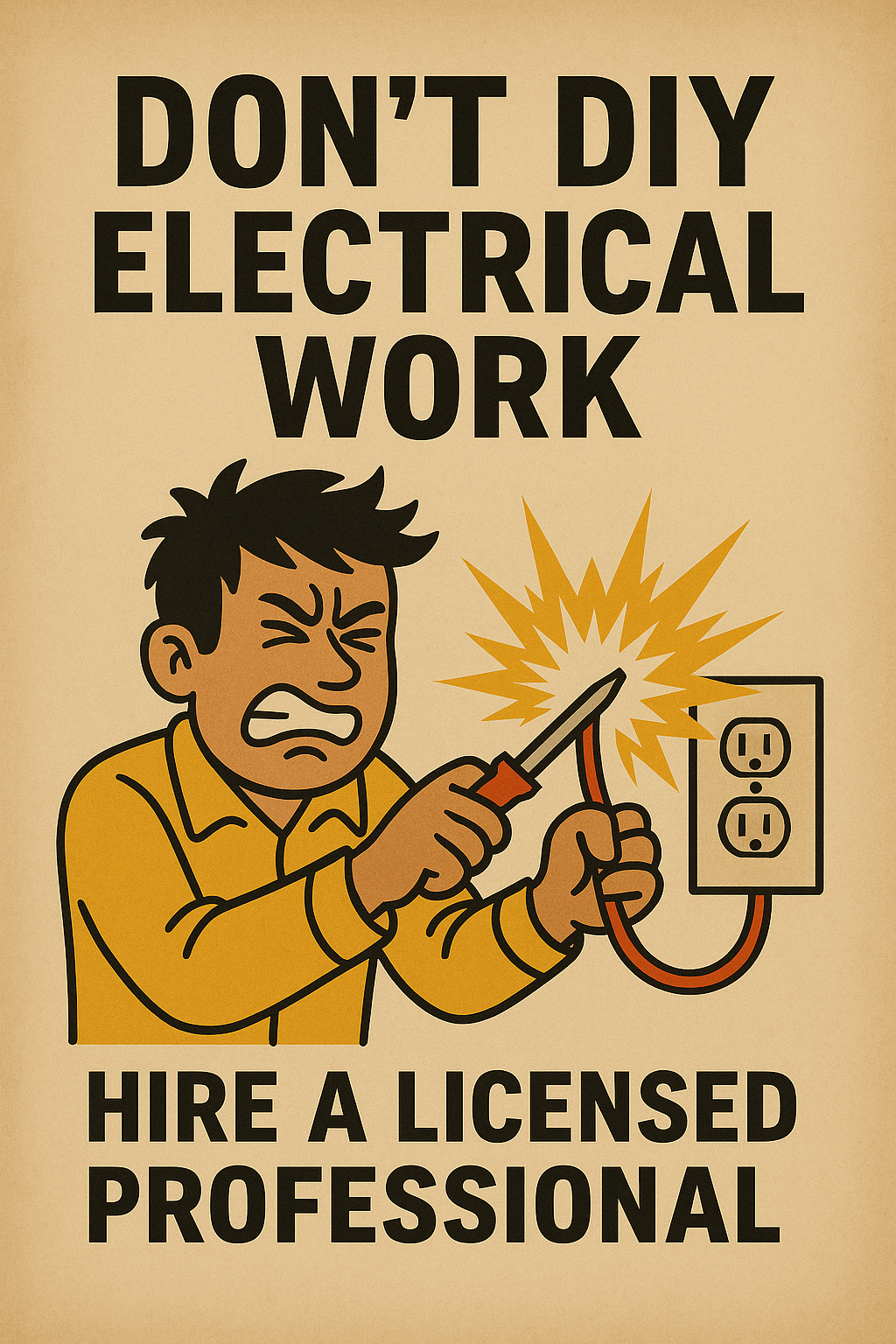
Hazard 6 – Improper Extension Cord Use
Extension cords and temporary drop-lights are intended only for short-term use. When left in place indefinitely, their insulation degrades and connections can work loose, leading to overheating. Never run cords under carpets, through door frames, or outdoors unless specifically rated. Instead, install permanent outlets in high-use areas and choose heavy-duty, outdoor-rated cords only for occasional, supervised tasks.
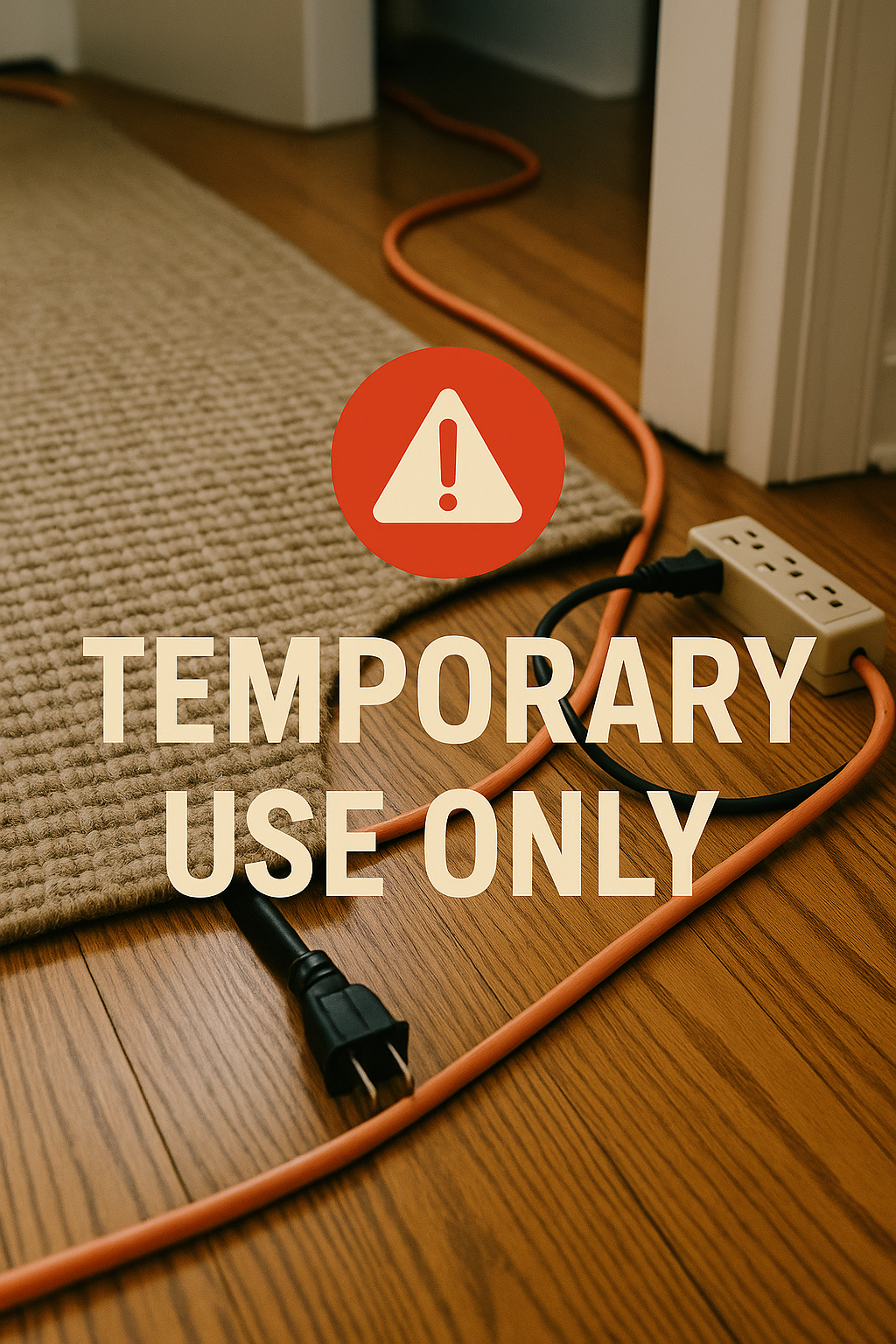
Hazard 7 – Damaged Appliances & Cords
Appliances with cracked housings, loose knobs, or malfunctioning thermostats can develop internal shorts. Similarly, cords with kinks, splits, or scorch marks signal imminent failure. Inspect all appliances and cords every six months. Any sign of damage warrants immediate repair or replacement—never simply tape over a compromised cord. For complex appliance wiring or hidden faults, let C.A.S.E. Contracting’s experts diagnose and repair the problem safely.
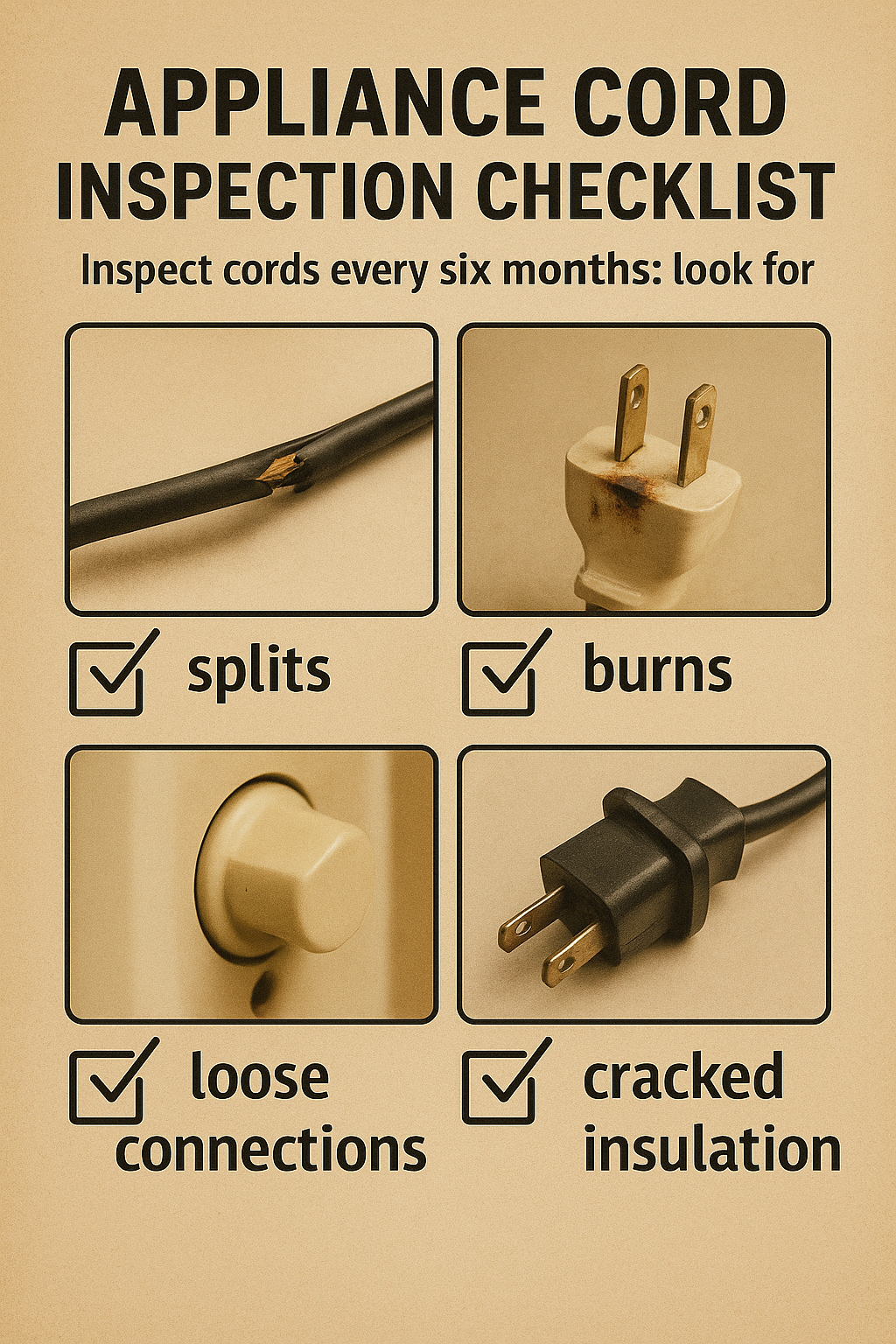
Conclusion
Electrical hazards can hide in the most routine corners of your home, turning everyday conveniences into serious safety risks. By staying proactive and following these best practices, you can safeguard your family and property:
- Regular Inspections: Examine all visible wiring, cords, and connections every six months. Look for frayed insulation, burn marks, loose fittings, or cracks, any sign of wear is a red flag.
- Avoid Overloads: Never daisy-chain power strips or overload a single outlet. Distribute high-draw appliances (like space heaters, refrigerators, and air conditioners) across dedicated circuits, and upgrade to appropriately rated power strips when needed.
- Upgrade Receptacles: Replace outdated two-prong outlets with modern, grounded three-prong receptacles. Install GFCIs in kitchens, bathrooms, garages, and outdoor areas, and test them monthly to ensure they trip and reset properly. Consider AFCIs in bedrooms and living spaces to protect against arcing faults.
- Respect DIY Limits: Always shut off power at the breaker panel and verify circuits with a reliable tester before touching any wiring. Use proper connectors, wire nuts, and code-approved materials. For anything beyond simple plug-and-play replacements, especially panel work, circuit additions, or troubleshooting hidden faults, engage a licensed professional.
When you need expert guidance or major electrical upgrades, trust
C.A.S.E. Contracting Inc.. As a family-owned business serving Grass Valley, Nevada City, North Auburn, Truckee, Downieville, and Penn Valley since 1984, we combine deep local knowledge with fully licensed and insured technicians. Whether it’s a safety inspection, panel replacement, outlet upgrade, or whole-house surge protection, our team delivers dependable, code-compliant solutions.
Call us at
(530) 277-0917
Email
casecontractinginc@gmail.com
Visit
casecontractinginc.com
Schedule your comprehensive electrical inspection today, and gain the peace of mind that comes from knowing your home’s system is safe, reliable, and built to last.
Helpful Links
Top 20 Home Electrical Red Flags (and How to Fix Them)
How NOT to Make an Electric Guitar (The Hazards of Electricity)
FAQs
1. How often should I inspect my home for electrical hazards?
Perform a visual check of cords, outlets, and panel components every six months and test GFCIs quarterly.
2. Can I replace a two-prong outlet with a three-prong myself?
Yes, if the circuit is properly grounded. Otherwise, replace it with a GFCI-protected two-prong receptacle or call an electrician for grounding upgrades.
3. What’s the difference between a GFCI and an AFCI?
GFCIs guard against ground-fault shocks; AFCIs prevent dangerous arcing faults in living spaces.
4. Are surge-protecting power strips safe?
Only use UL-listed surge-protecting strips (not basic extension cords) and avoid chaining multiple strips together.
5. When should I upgrade my electrical panel?
Upgrade if you experience frequent breaker trips, lack AFCI/GFCI protection, operate high-draw appliances, or have an outdated fuse box.

